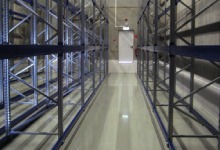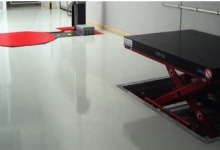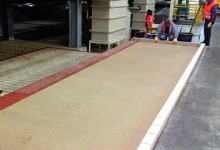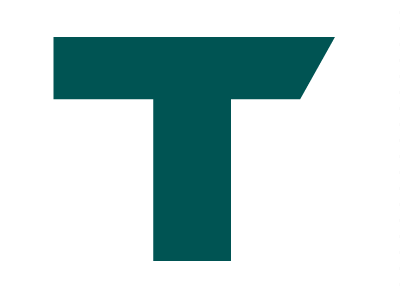Laminate coatings are combinations of reaction resins with fiber materials (glass-fiber mats, fabrics). They are characterized by highly mechanical durability and even layer thicknesses. Their high durability qualifies them, for example, for use in bridging cracks in concrete parts that are to be coated. Glass-fiber mats are of great importance for strengthening purposes, because the evenly spread fibers enable the mechanical strength characteristics to be increased in all directions. The mats often contain E-glass fibers and in special cases also ECR- or C-glass fibers. The mass per unit area (weights) are usually 300 or 450 g/m2
.



The applied glass mats are normally covered with a surface veil. In laminate coatings,they are used to build up the chemical protection layer. The surface veil materials mainly determine the coating surface and directly affect its chemical properties. The resin-rich surface veil layer that covers the laminate layer should exhibit a sealed and even surface to prevent media penetration via glass fibers that have not been saturated in the resin. By preference, surface veils made of durable C-glass are used. Surface veils made from synthetic or carbon fibers offer resistance to special media such as hydrofluoric acid. Carbon-fiber surface veils, also known as hybrid surface veils, additionally impart an electrostatically conducting quality to the cover layer. The mass per unit area
(weight) of these veils 20 to 50 g/m². REMA TIP TOP uses synthetic resins based on furane, phenol, vinylester and epoxy for its laminate coatings, which are distributed bunder the brand names TIP TOP LINING, ESKANOL and Asplit
